Scientists recently unearthed teeth from an ancient creature known as an anthrocothere in Kenya. The fossils date to about 28 million years ago, and based on unique patterns on the teeth, the researchers concluded that the teeth belonged to an ancient ancestor of the hippopotamus. The new discovery confirms a notion that had long been suspected based on genetic data, but could not be confirmed because the fossil record was so scarce.
Dig site

Fabrice Lihoreau, a paleontologist at the University of Montpelier in France, and his colleagues, were studying the collections in a museum in Nairobi when they noticed a jaw that may have come from an anthrocothere, a family of primitive, hippo-like creatures that lived about 40 million years ago. Intrigued, they decided to go to the area in Kenya where the jaw was found, a promontory known as Lokone Hill, with 28-milion-year-old rocks teeming with ancient aquatic creatures.
Interesting find
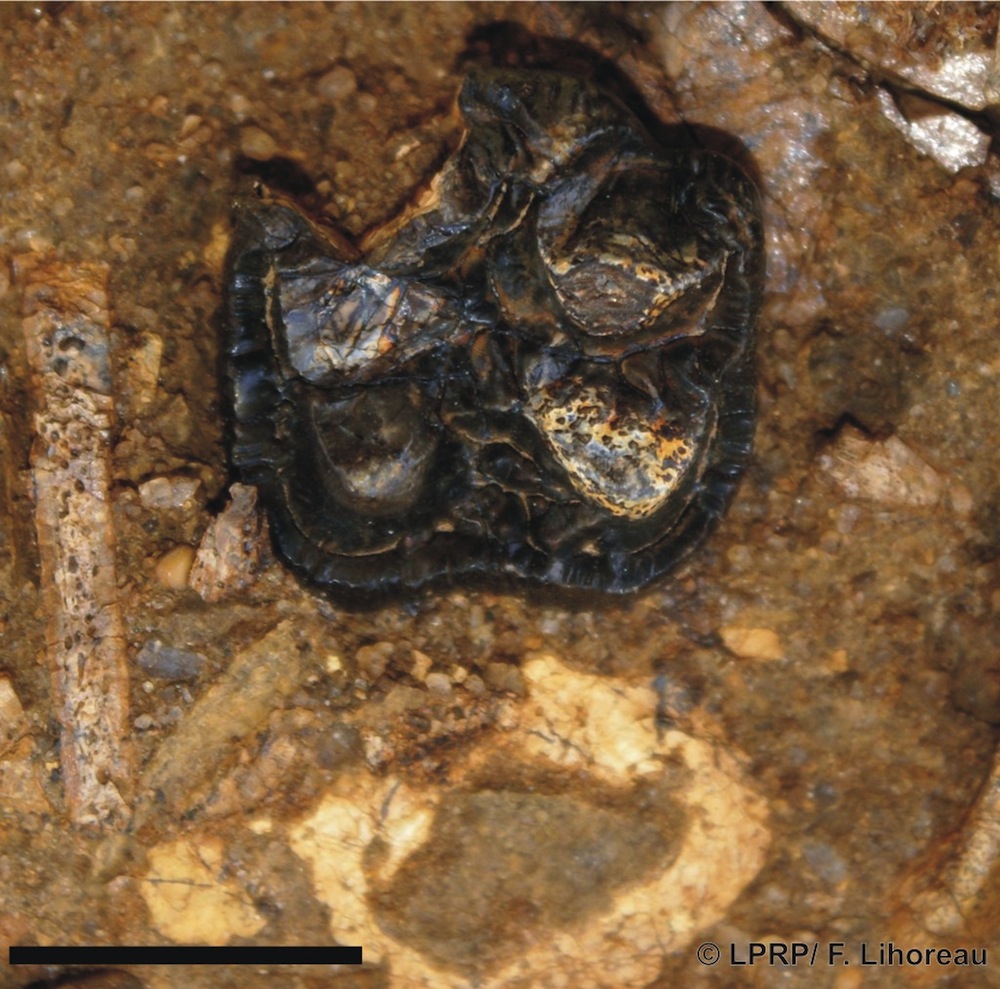
The team found several teeth that looked like they came from anthrocotheres. The molars, such as the one shown here, had a distinctive trifoliate pattern, or three-leafed pattern, that is commonly found in hippos. Because mammal teeth are so unique, this distinctive pattern revealed that the tooth came from an ancient ancestor to hippos. The team named the animal Epirigenys lokonensis, which roughly translates to "original hippo from Lokone."
Tooth changes
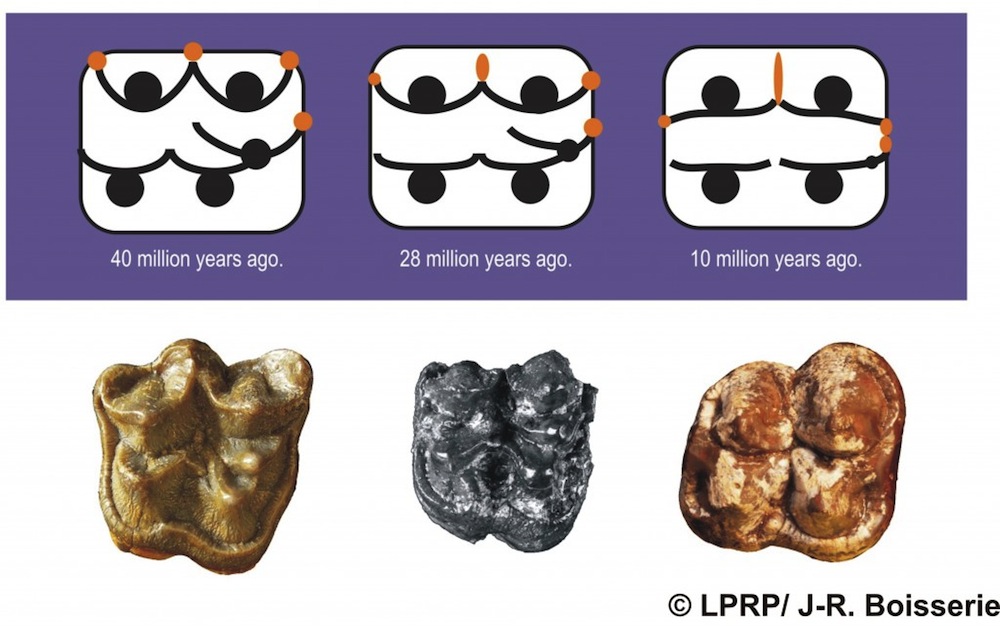
Here, scientists show how the teeth of the ancient anthrocothere (on the upper left) evolved into those of the Epirigenys lokonensis (upper middle) and then into those of modern-day hippos (upper right). The cusps are shown as black circles in the diagrams below, while the crests are depicted with black lines and the enamel islets shown in orange.
Sign up for the Live Science daily newsletter now
Get the world’s most fascinating discoveries delivered straight to your inbox.
Overgrown sheep
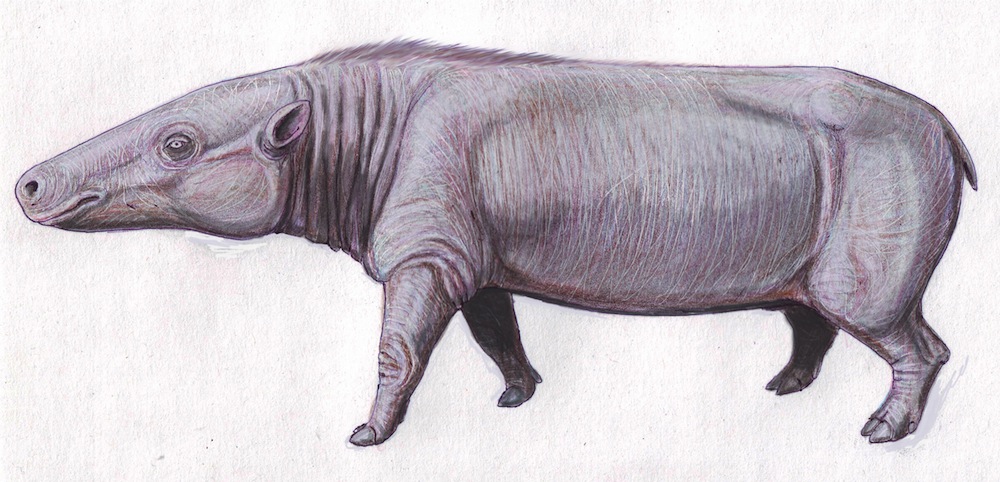
The ancient creatures would have looked a bit like a shrunken, slender hippo and wouldn't have been much bigger than a sheep, weighing in at about 220 pounds (100 kg). While animals from the family of anthrocotheres have been found throughout the world, only the current find is a direct ancestor to hippos. Here, a depiction of an anthrocothere, though not the Epirigenys lokonensis.
Long lineage
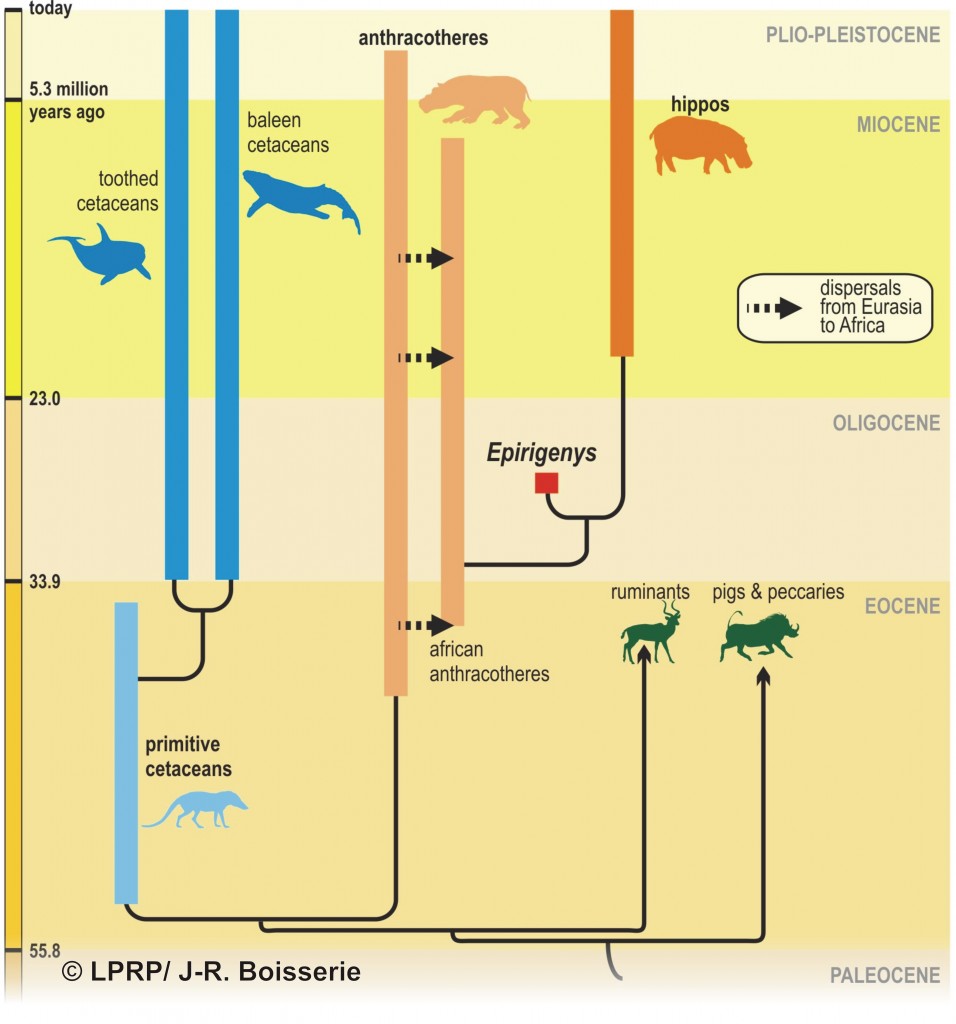
Anthrocotheres are part of lineage from which hippos, whales and dolphins evolved. Even though the hippo's portly body may resemble that of the pig, it is more closely relatd to whales, who shared a common ancestor with hippos about 53 million years ago.
Native Africans
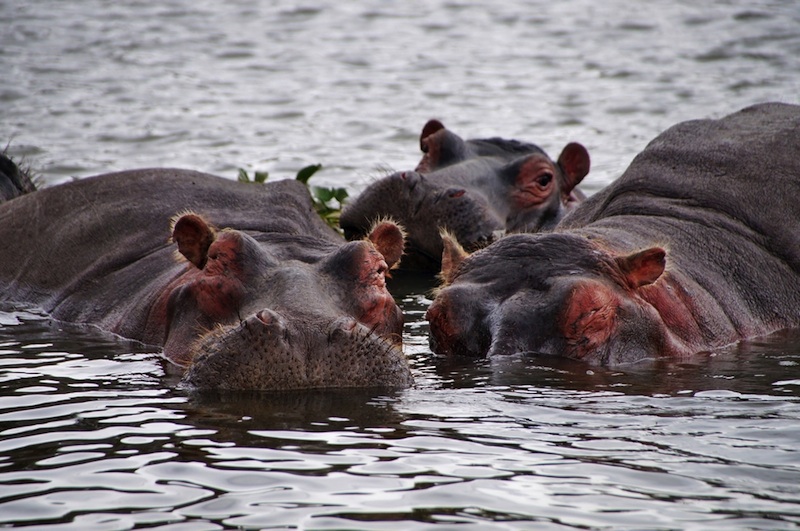
The new study also reveals that, since the ancestor to all hippos evolved in Africa, the hippos is a truly native species to the continent, unlike other animals found on safaris, such as lions and antelopes, which evolved in Asia.

Tia is the managing editor and was previously a senior writer for Live Science. Her work has appeared in Scientific American, Wired.com and other outlets. She holds a master's degree in bioengineering from the University of Washington, a graduate certificate in science writing from UC Santa Cruz and a bachelor's degree in mechanical engineering from the University of Texas at Austin. Tia was part of a team at the Milwaukee Journal Sentinel that published the Empty Cradles series on preterm births, which won multiple awards, including the 2012 Casey Medal for Meritorious Journalism.










